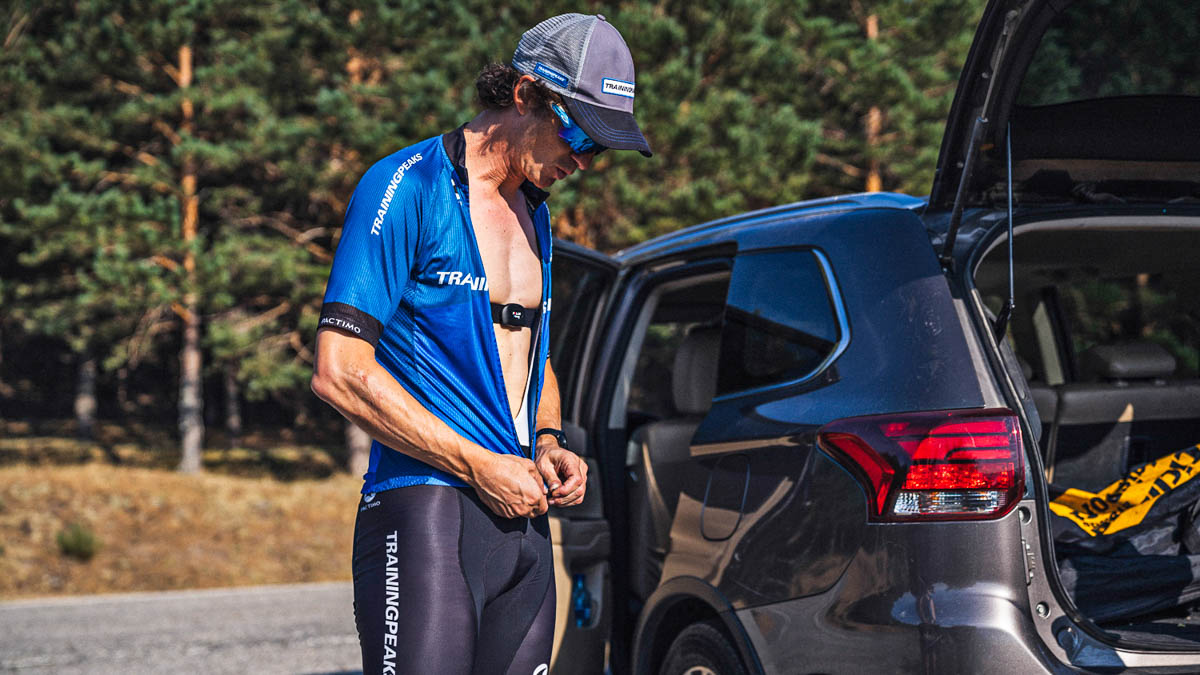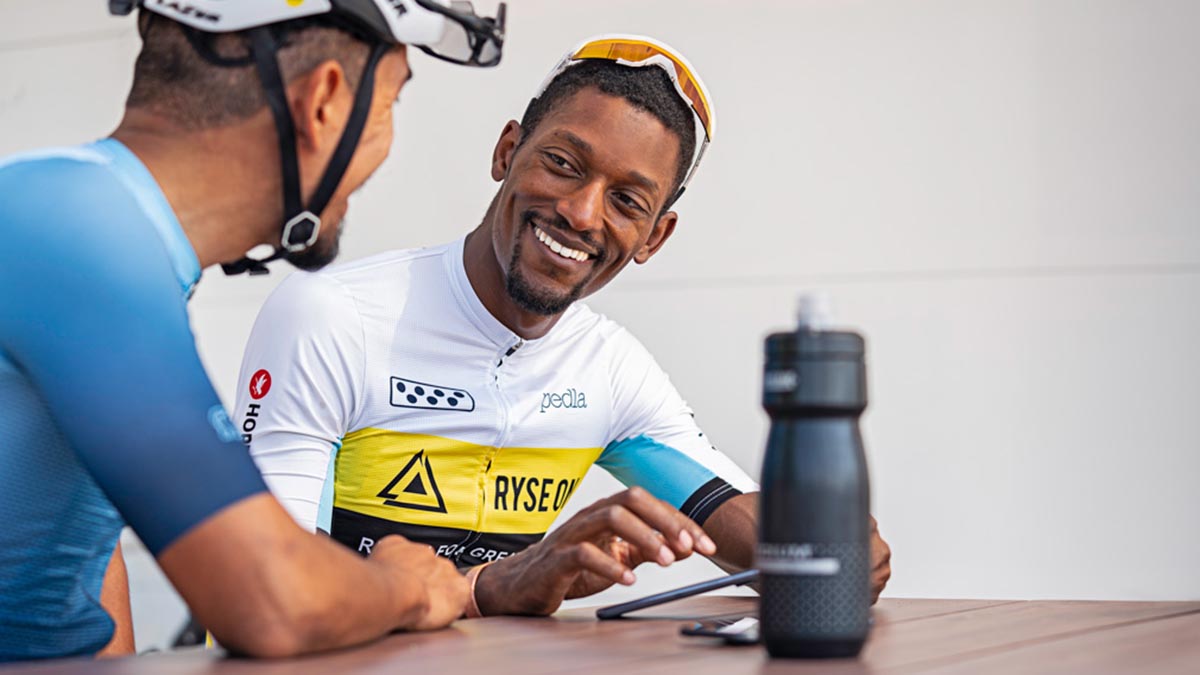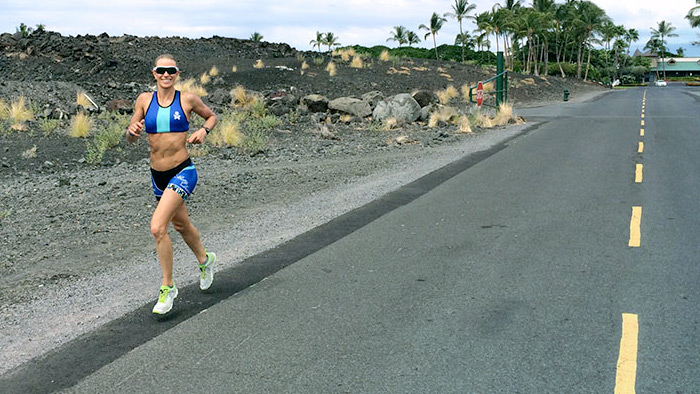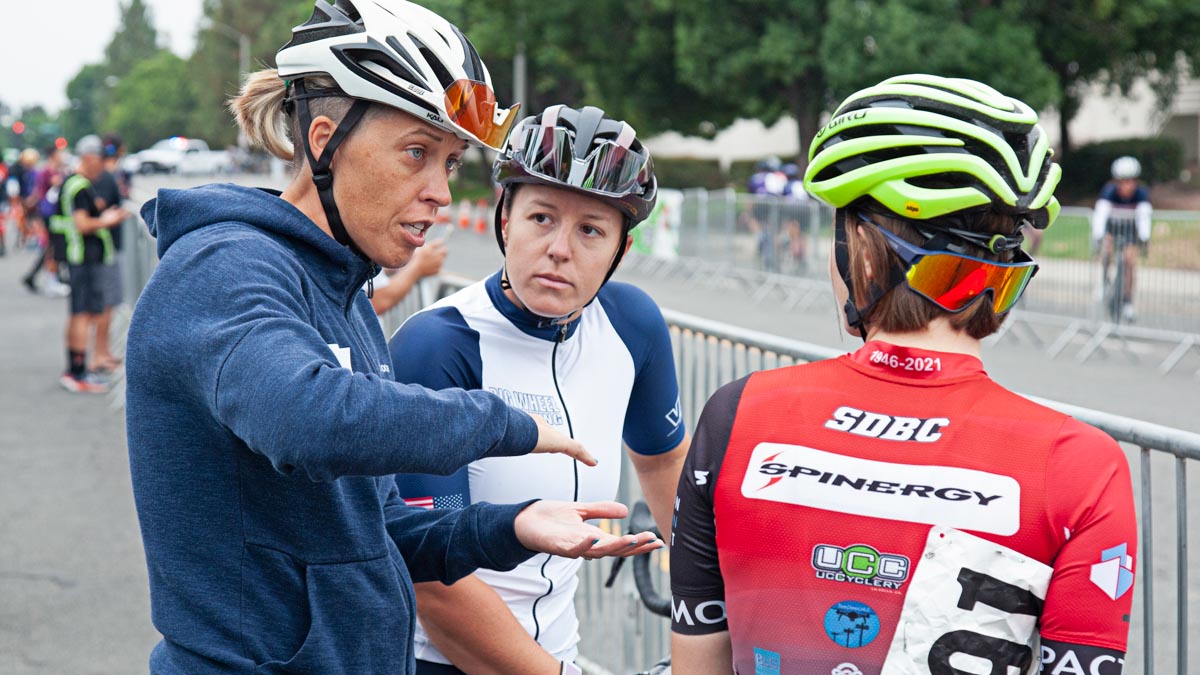Athletes tend to push themselves hardest during competition. The race atmosphere surrounds the athlete with other competitors, cheering spectators and encouraging volunteers. A finisher’s medal is donned around their neck at the finish line, and their results, times and rankings are posted for all to see.
So, the question remains, how do coaches facilitate maximum effort for a field test when the athlete is completely alone? For many athletes, digging that deep for a workout presents challenges. It’s difficult to feel and sustain that kind of pain when you’re only self-motivated. Yet, this kind of hard work and suffering will consistently produce successful athletes. In this article, I will examine how best to prepare an athlete for an all-out field test effort.
Step 1: Listen
The first step in identifying how to tease a massive all-out of your athlete is understanding their current mindset. Learn what emotionally fuels them and ask them how they feel going into the training session. Listen to their specific language usage and take the time to evaluate if it is helping them or hurting them. Do words and phrases such as ‘test’, ‘challenge’, ‘time trial’, and ‘mock race’ elicit motivation or evoke fear?
A field test can impose emotional pressure on an athlete. They may ask themselves: What if they fail to produce the desired test results? What if they do not succeed in pushing for the entire duration and ease up (or worse, give up entirely?) What if they don’t improve or perform as well as on their last test?
On the other hand, other athletes may view field tests as an appealing challenge—a way in which they can test their fortitude and progress. These two contrasting athlete types need to be treated differently, and listening to their specific language usage will give you the clues you need to help them establish an effective mental strategy.
Step 2: Communicate Powerfully
Once you’ve established how the athlete is feeling about the upcoming test, it’s time to compose a thoughtful response. Giving basic instructions for the field test is obviously important, but perhaps how you talk about it is even more so.
If the idea of a field test causes stress in your athlete, help them confront their fears instead of shying away from the difficulty. Try to emphasize that a field test is not an end-all-be-all but still serves as an important marker of where they are on their fitness journey. Now is not the time to be a drill sergeant, demanding perfection from your athlete. However, asking your athlete to push themselves outside their comfort zone will illuminate the importance of giving it their best effort.
Have a frank conversation about what to expect to feel while testing. Max efforts are both extremely challenging mentally and physically painful. Encourage the athlete to embrace the discomfort and to practice pushing as hard as they can while maintaining as even a pace as possible.
Also, make sure you communicate why we test. Athletes want to understand the purpose of each training session. Explain how testing produces fundamental and foundational data that informs the design of the training program. Give them the opportunity to develop their own sense of responsibility around their training.
Step 3: Set goals
Field tests and time trials are a great way to set intermediary objectives to reach long-term goals. It’s important to discuss what success and failure signify. Setting high-reaching goals gives the athlete the opportunity to exceed their own expectations and, in some cases, experience falling short. All outcomes breed the opportunity to re-evaluate and re-establishes goals. Remember, success and failure are not linear.
It’s also valuable to weave both outcome and process goals in order to facilitate greater fulfillment and honed focus into their training journey. An outcome goal is along the lines of what you expect when you think about traditional endurance sports goal setting. An example of this is PR’ing their 10k at the peak of their training.
Process goals, on the other hand, look a little differently. An athlete’s process goal might be to monitor self-talk during the test and replace negative phrases with encouraging words. They might also aim to push themselves harder than they think they can maintain throughout the effort despite the pain. These are valuable skills for racing and long-term success.
If and when the athlete falls short of their goals, remind them of the common ground between success and failure. Failure can be an educational gift that measures current ability, mindset and preparedness. Through challenges, we discover our true potential and may exceed our limits to grasp it.
Step 4: Build Out Test Elements
Next, it’s essential for the coach to plan a test that will effectively gauge fitness in a way that’s specific to the athlete’s sport and goals. Ask yourself:
- Will the test you are administering give you the information you want?
- Is the test performed on a course that is repeatable in order to limit variables and compare sequential results?
- Is the test terrain appropriate? Does the area have a flat section for a warm-up and cool-down? Is the test to be performed on flat terrain or on hills?
- What equipment is available to the athlete: do they have indoor options such as treadmills and bike trainers?
- How are you capturing the athlete’s qualitative data? Encourage them to use the post-activity comments to gauge how they felt and note their RPE.
Step 5: Observe, Evaluate, Communicate & Empower
Now that the hardest part (for the athlete) is over, it’s time for you to take charge. Observe the athlete’s behavior. Did they embrace the challenge? Were they prepared for the day? Did they manage stress leading up to the test? Their practices and execution define their success and will provide valuable information for the next test.
Next, evaluate the performance. Did they execute the workout according to plan? Did they reach their desired time and/or goal pace? How are the athlete’s aerobic and muscular endurance, speed and recovery capability? Did the athlete pace evenly during the test? Apply the gathered data to develop the upcoming training block, so it transmits to help the athlete reach their goals or set new goals.
After observing and evaluating independently, it’s time to strategically communicate what information the test elicited. Discuss what worked and what didn’t go well. Record effective aspects of the performance and brainstorm together how they can execute differently for the next test and apply at a competition. Help them employ practices that are key to their success. Lastly, empower the athlete to keep pushing. When an athlete learns to push through an all-out effort solo, they learn how to rely on themselves when they are competing against others, when the crowds are cheering, and when the podium awaits. But now they will have developed the understanding that the only competition is within themselves.









